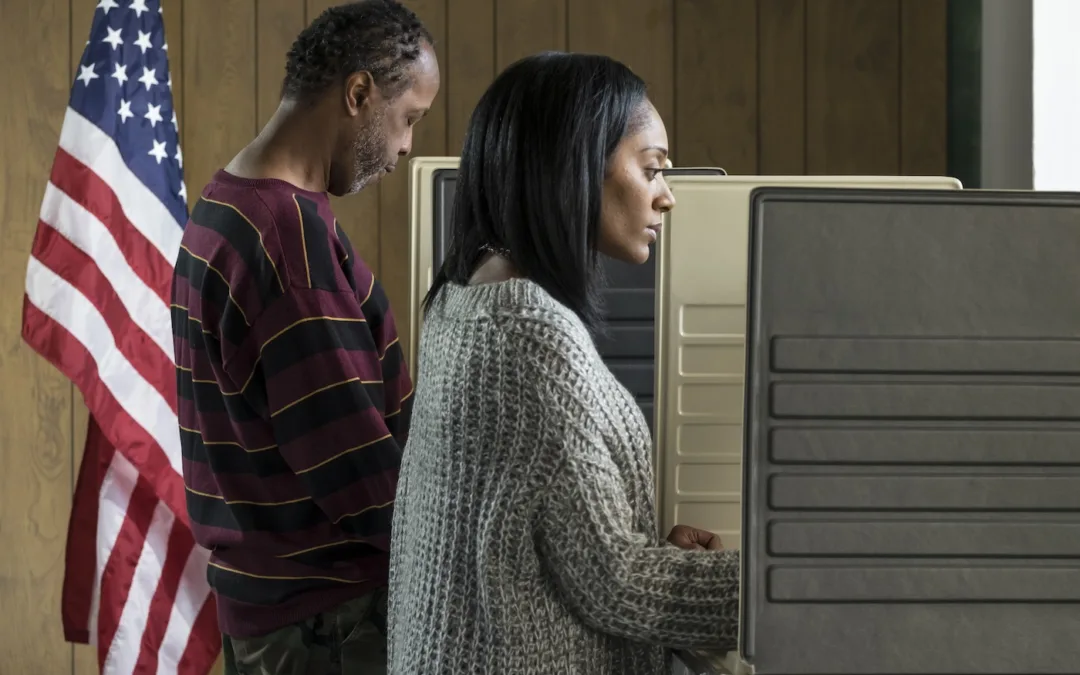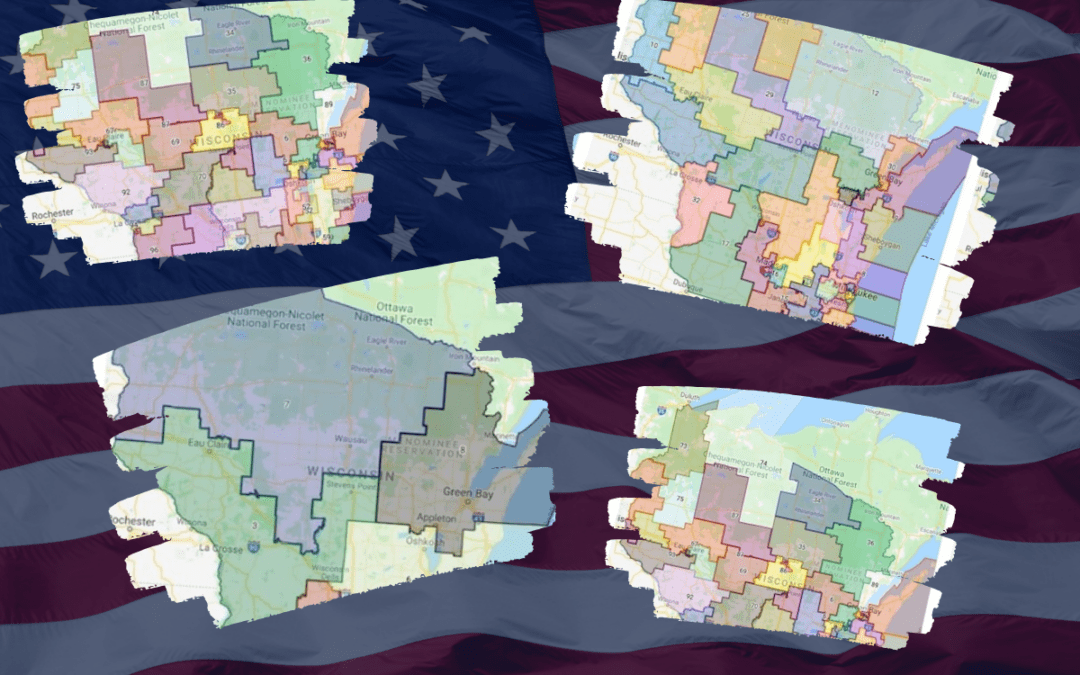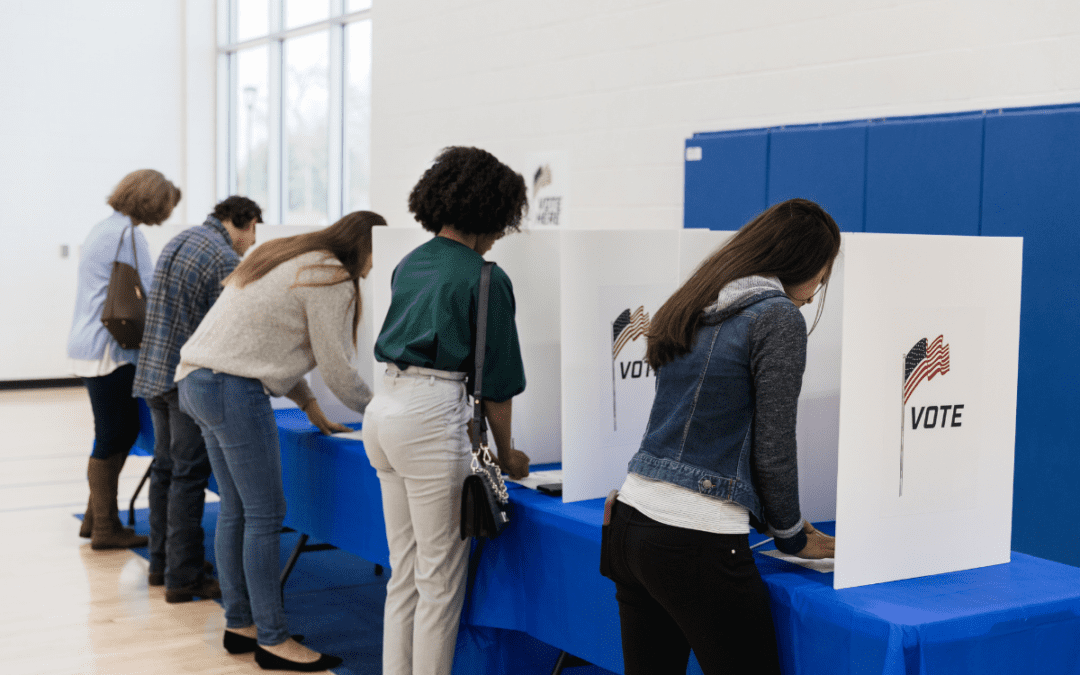
#image_title
#image_title
Women associated with various League of Women Voters locations across the state describe what it takes to boost civic participation.
“Blew the socks off all my projections.”
That’s how Debra Cronmiller, the League of Women Voters of Wisconsin’s executive director, describes the record number of voters who turned out across the state on Election Day.
As head of the 100-year-old, nonpartisan organization that advocates for informed and active participation in government, Cronmiller knew way before the November presidential election that the league had to change its game plan or the coronavirus pandemic was going to sideline too many Wisconsin voters.
“Our message has always been, ‘Come out and vote on Election Day,’” Cronmiller said. “But since March, access to the polls really meant how to vote safely from home.”
This year’s message became: Vote Safely, Vote from Home; and Vote Early, Vote from Home.
In addition to the League of Women Voters of Wisconsin, there are 20 local leagues across the state. They spread these new messages on billboards, yard signs, and paid social media campaigns. It staffed phone and texting banks, and mailed out more than 200,000 postcards with voter information.
“Stay home and vote absentee,” Cronmiller said. “We continued to hammer that message out leading up to the August election and again heading into November.”
Voters got the message.
A record 2.6 million Wisconsinites voted by absentee ballot, with 1,957,514 of those voters never leaving their homes and simply mailing in their ballots, according to the Wisconsin Elections Commission. The remaining 651,422 absentee ballots were cast by voters who completed their absentee ballot and returned it to their local clerks’ offices.
The record-setting number of absentee ballots cast contributed to the state’s overall record-high number of votes cast. Wisconsin voters ended up casting 3,296,374 votes for the presidential race, smashing the record set in 2012 by more than 200,000 votes, according to unofficial results from the Wisconsin Elections Commission. Roughly 700,00 Wisconsin voters cast their ballots in person on Election Day, compared to the 2.6 million who opted to vote absentee, another sign of the power of the stay-at-home-and-vote messaging.
The record-high turnout was greatest in Dane and Milwaukee counties, in a state that flipped blue for President-elect Joe Biden. He defeated President Donald Trump by roughly 21,000 votes statewide.
On Nov. 3, voters in the progresssive stronghold of Dane County cast 344,791 votes, good for a turnout of 88% of registered voters. The county’s voters cast 311,557 votes in 2016, meaning roughly 34,000 more people voted in the Nov. 3 election.
In Milwaukee County, 18,724 more voters turned out to vote than in the previous presidential election. In all, 458,971 voters cast their ballot. The vote totals in those two urban counties were credited for handing the state to Biden.
“It’s just incredible turnout, especially in a pandemic,” Dane County Clerk Scott McDonell said.
UpNorthNews recently spoke with several women who contributed to the record-breaking voter turnout in Wisconsin. Here’s a look at how they, and the League as a whole, helped keep people connected to the democratic process during the coronavirus pandemic.

Meet Gail Bliss
Gail Bliss is a 10-year member of the Dane County League of Women Voters.
She once spent 16 months helping a homeless woman from Chicago who was living in Madison get a new photo ID and birth certificate after the woman had her wallet stolen. The woman’s parents had not given her a name immediately at birth, instead writing “Female Winters” on the birth certificate.
Bliss detailed the necessary back-and-forth between government agencies in Wisconsin and Illinois to obtain a new birth certificate, get a photo ID, and then register the woman to vote.
“I joke that if Mae West had changed her name, she’d never have been able to vote,” Bliss said.
Bliss continues advocating for homeless men and women in Dane County to exercise their right to vote. It takes persistence, a trait she possesses, and it takes transportation, a service she can help provide.
Bliss has registered so many Madison-area voters without a home that she knows it is not enough to simply say your place of residence is under the East Washington Avenue Bridge at the Yahara River, one of the city’s more popular homeless encampments.
For example, the south side of the bridge belongs to a voting ward that votes at O’Keefe Middle School. The northeast corner of the bridge belows to a voting ward that votes at East High School, and the northwest corner of the bridge belongs to a ward that votes at Tenny Park.
Once she and the individual narrow down what side of the bridge they would like to list, she has someone who can vouch for them at nearby shelters, such as Porchlight or Friends of the State Street Family, write a proof of residency letter on the organization’s letterhead. This allows the individual to register to vote.
Prior to Election Day, she went to homeless shelters and camps in Madison and registered eight people to vote before providing them a ride through funds secured through a grant. Eight people also needed ID’s and got a ride to the Wisconsin Department of Motor Vehicles, also using grant funds.
“Everybody has a right to vote,” Bliss said. “It shouldn’t be this darn hard.”
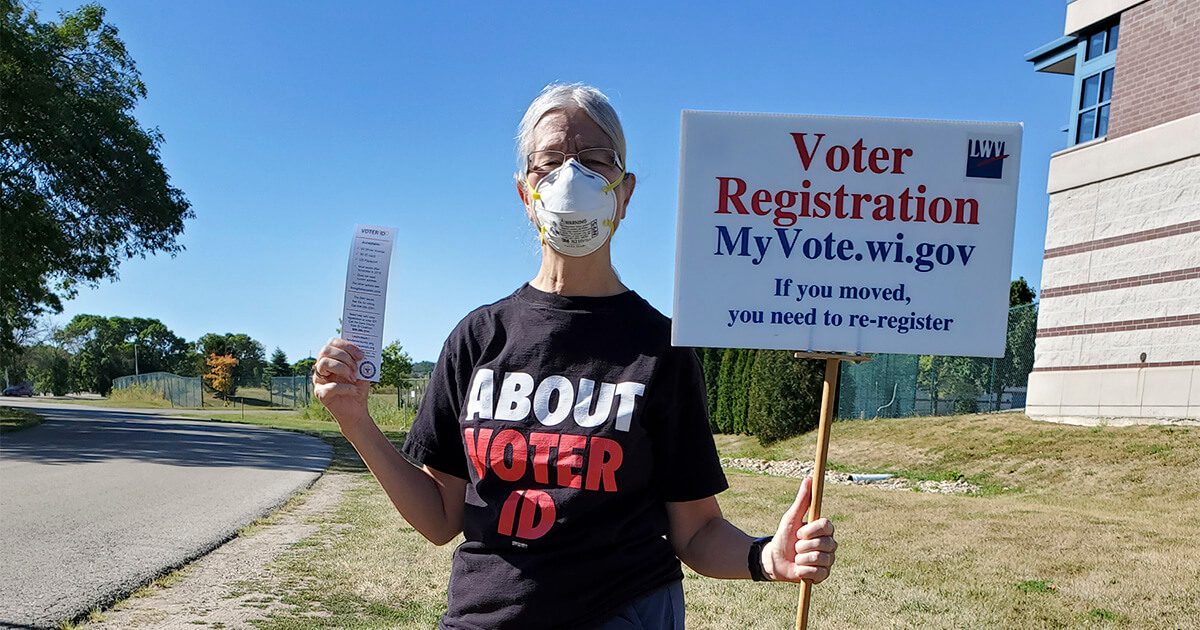
Meet Anita Johnson
Anita Johnson is a member of the Milwaukee County League of Women Voters.
Like other women in the league across the state, Johnson had to rethink her tactics. During normal times, she would travel to churches and talk with parishioners about any changes to election laws and provide information on what voters needed to do to ensure they could still vote.
But COVID-19 took that option off the table.
Instead, she strategically picked five women from five different churches. She then asked these women to call other women in their churches. The point of the calls was to find out if the women and other occupants of their households were registered to vote, had the current and correct address on their photo ID, and if they needed to request an absentee ballot.
“They were not to hang up until those three things were done,” Johnson said. “Those were the instructions.”
Johnson is also the voter assistant specialist with Souls to the Polls, a Milwaukee-based organization that unites ministers and their congregations to strengthen the voting power of the Black community. Its goal is to bring 100,000 “Souls to the Polls.”
Johnson also helps find people rides to their polling places. This year, grant money was used to pay Uber and Lyft drivers to take one voter at a time to and from their polling site. Roughly 200 Milwaukee-area voters took advantage of this service, said Johnson, including a blind man whose brother called from Nevada to arrange curbside pickup for his brother.
To date, 643 Milwaukee County residents have died from COVID-19 and more than 5,900 of its residents have contracted the virus, making it the state’s hardest hit county. Despite the coronavirus’ toll on the community, 247,695 city of Milwaukee residents cast their ballots, about 150 fewer than in 2016.
And as mentioned earlier, the get-out-the-vote efforts by Johnson and other members of the Milwaukee County League of Women Voters and many other groups contributed to 18,724 more votes cast in Milwaukee County in 2016 compared to 2020.
In the city of Milwaukee, where Souls to the Polls focuses its work, 229,719 absentee ballots were cast in the Nov. 3 election. This is more than triple the last presidential election’s 52,000 early votes.
Another victory against voter disenfranchisement was the return of voting sites. Milwaukee made national headlines when it had only five voting locations for the April election. That number jumped to 168 for the August election, but hit 173 on Nov. 3.
Cronmiller said she reached out to any city clerk leading up to November if she heard through the media or any other channels that they were short poll workers. She said she was committed to preventing Wisconsin from again being a “national embarrassment.”
Johnson said the state’s record-setting voter turnout, despite the pandemic, is something to celebrate.
“If I could still do a flip across the room that is what I would be doing,” Johnson said.

Meet Margy Davey
Margy Davey first became involved with the Winnebago Chapter of the League of Women Voters in 2000 following the presidential election between Al Gore and George W. Bush.
As political junkies will recall, Gore won the popular vote but lost the electoral college vote after a legal battle over disputed vote counts in Florida. The Oshkosh resident, who is president of the Winnebago County League of Women Voters, said that process didn’t sit well with her. She was also growing increasingly concerned about the climate, “a very serious issue we are not giving enough attention to.”
Davey noticed a similar spark among Winnebago County women to become involved following the change of presidential administrations in January of 2017. Membership grew from 65 women to close to 90.
“For us, that is huge,” Davey said.
The women took issue with the disenfranchisement at play in Wisconsin. It seemed there were a constant barrage of lawsuits related to voting accessibility, some involving the Wisconsin League of Women Voters.
Wisconsin’s gerrymandered districts are also concerning for the women.
“The problem is voters should be electing their representatives,” Davey said. “That’s not happening right now in Wisconsin.”
Politics
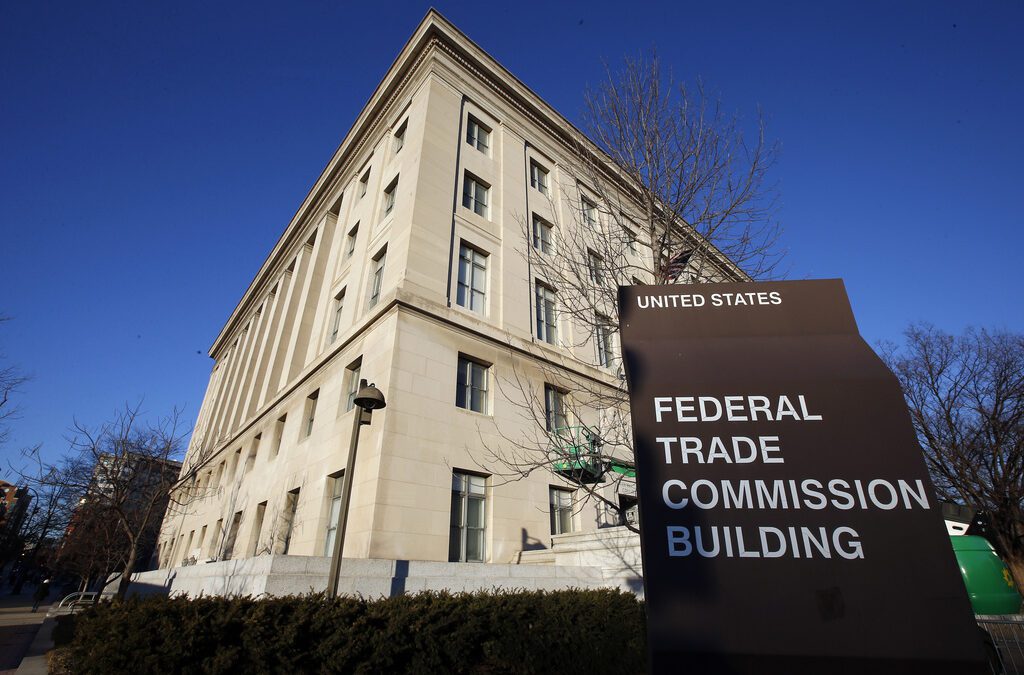
Biden administration bans noncompete clauses for workers
The Federal Trade Commission (FTC) voted on Tuesday to ban noncompete agreements—those pesky clauses that employers often force their workers to...
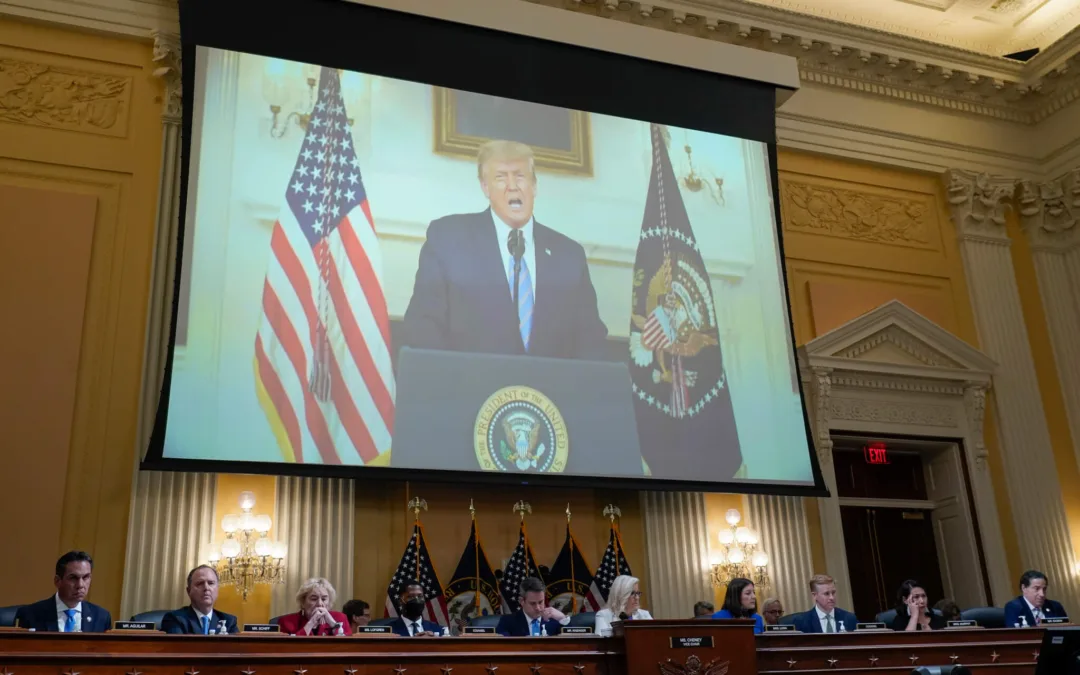
Opinion: Trump, GOP fail January 6 truth test
In this op-ed, Milwaukee resident Terry Hansen reflects on the events that took place on January 6, the response from Trump and other GOP members,...
Local News
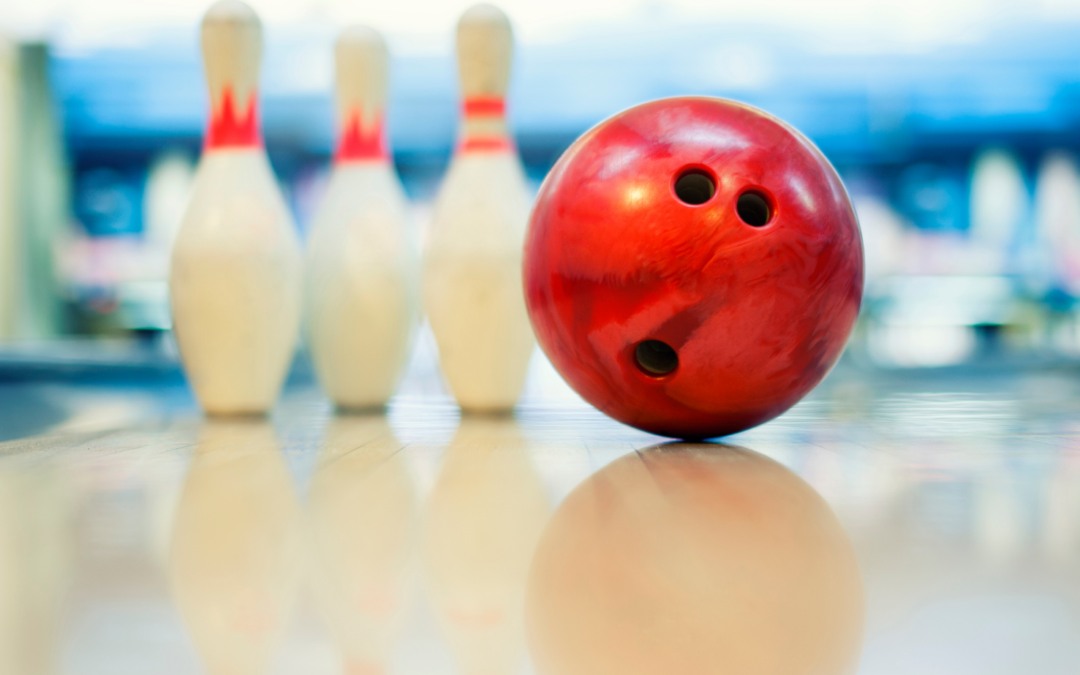
Readers Poll: Top Bowling Alleys in Wisconsin
Looking for the best bowling in Wisconsin? Look no further! Our readers have spoken in our recent poll, and we have the inside scoop on the top...
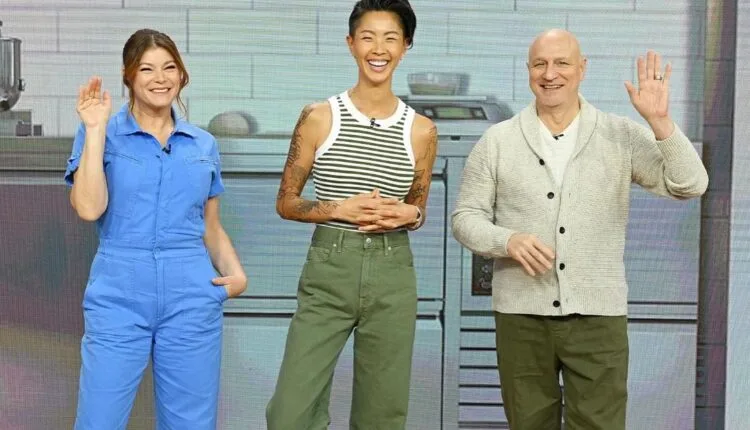
8 Wisconsin restaurants Top Chef judges are raving about
Top Chef’s 21st season is all about Wisconsin, and on-screen, it’s already apparent that the judges feel right at home here. But, while filming in...


